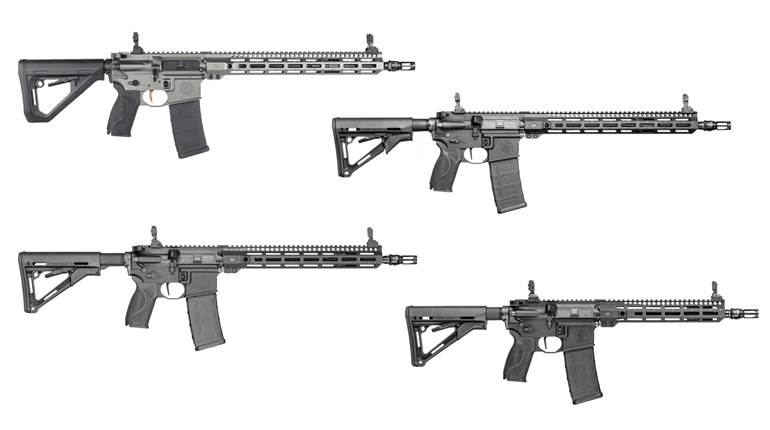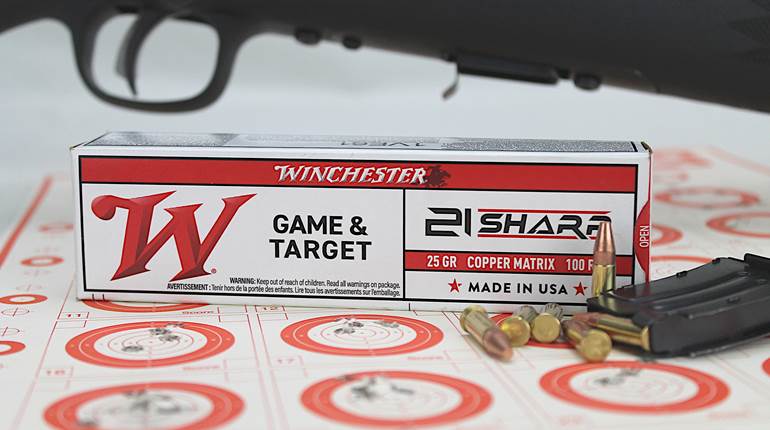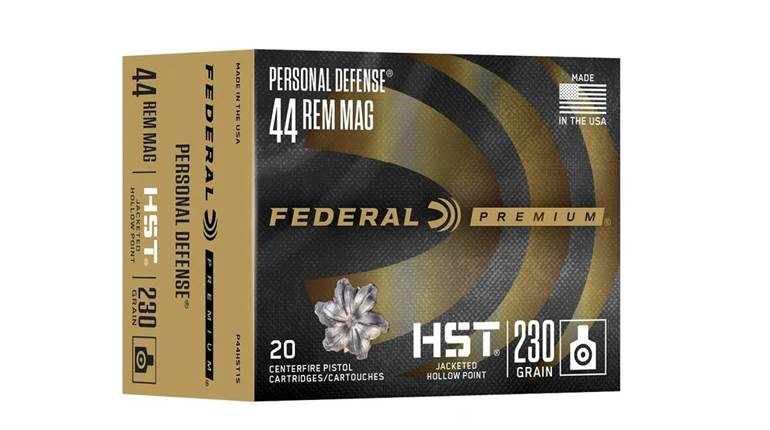
Culina Grips is a custom maker out of the Pacific Northwest, which is best known for their high grade wood replacement grips (or stocks, if you prefer) for Smith & Wesson revolvers. The Culina shop is a husband-wife team of John and Jennifer that has built a customer base, one set of striking grips at a time. They offer two primary styles for the wheelguns; a rendition of the classic S&W ‘Presentation’ smooth target grips from the early post-war period and a take on the finger groove ‘combat’ style of the '80s and '90s. Each style is done up in a variety of eye-popping exhibition grade woods.
I recently ordered two sets of the presentation style for some of my big-bore "N" frames. The big Smiths are one of my guilty pleasures. I could never possibly go on enough backcountry adventure to ‘need’ a small heap of the double-action Magnums and .45-cal. revolvers, but they are some of my favorite handguns to simply enjoy at the range when the work is all done. One of the best things about any double-action wheelgun is how the shooter can almost endlessly adjust its feel and performance in hand by swapping the stocks.
A good set of stocks has a set of interwoven and sometimes competing requirements. First, they must put the shooter’s hand in a good position to stabilize the wheelgun and cleanly break the trigger. Some designs do this well for one or the other mode in a double-action revolver, but not necessarily both single and double action.
Next, the stocks alter how recoil is perceived by the shooter, a real concern in belt-carried magnums. Distinct, but related to this, is how the stocks help return the handgun in recoil for follow-up shots. The overall feel in the hand matters, but sitting atop this hill of requirements for many shooters is the aesthetic. A classic revolver cries out for the elan of wood (or tusk, antler, horn, etc.) stocks to complement them. Utilitarian rubber grips can make a wheelgun perform to its potential, but they are unlikely to stir the soul in doing so.
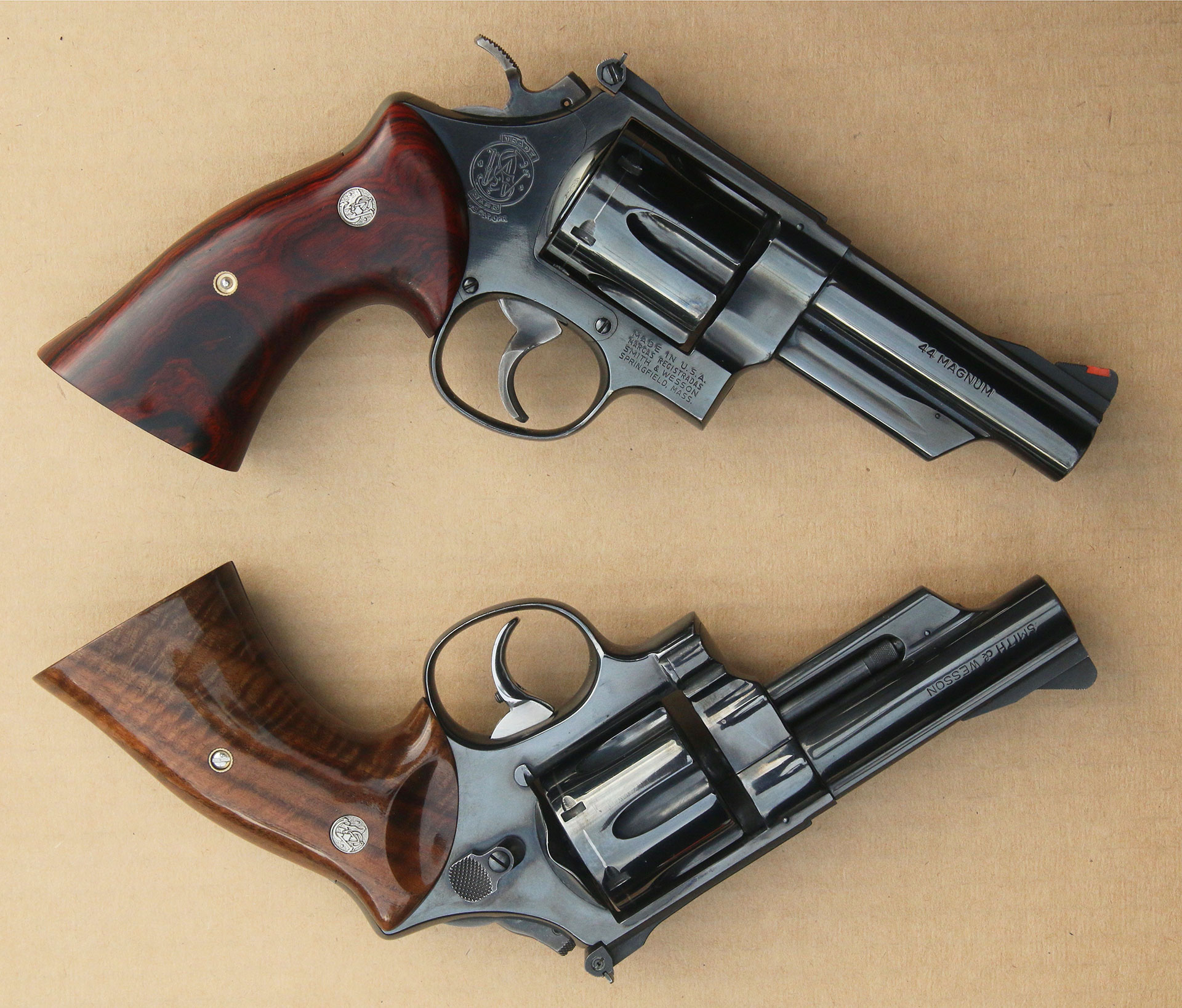
The Culina presentation target is, in my estimation, a thoughtful hybrid of several quite popular and similar styles. The profile is similar in equal parts to the classic Roper stocks of the pre-war era, and the S&W Presentation models of the mid ‘50s. The circumference has a ‘Coke bottle’ palmswell shape that takes the old checkered Target ‘Cokes’ of the original .44 Mag. Smiths, (highly prized and collectible in their own right) and adds a little more curve. The result is a classically attractive shape that looks immediately at home on a high-end revolver, and greets the hand warmly and firmly on each grasp.
I fitted the Culina Grips onto a Model 29-2 in .44 Mag. and a custom 1955 Target in .45 ACP. In each case, the grips were as precise a fit as is likely possible, short of sending your frame in for the final fitting. The Model 29-2 got a set of Mexican cocobolo that is getting harder and harder for gripmakers to find. The figure of these was bold enough to grab attention from across the room and to deny any possibility that this was any ordinary grip. I fitted the 1955 Target with a set of fiddleback claro walnut that had a gorgeous creamy walnut color with almost iridescent tiger striping setting off the deep, lustrous blue on the Smith. If all I had set out to do was make the classic big bores standout like a bull Roosevelt elk, then I had already accomplished the mission.
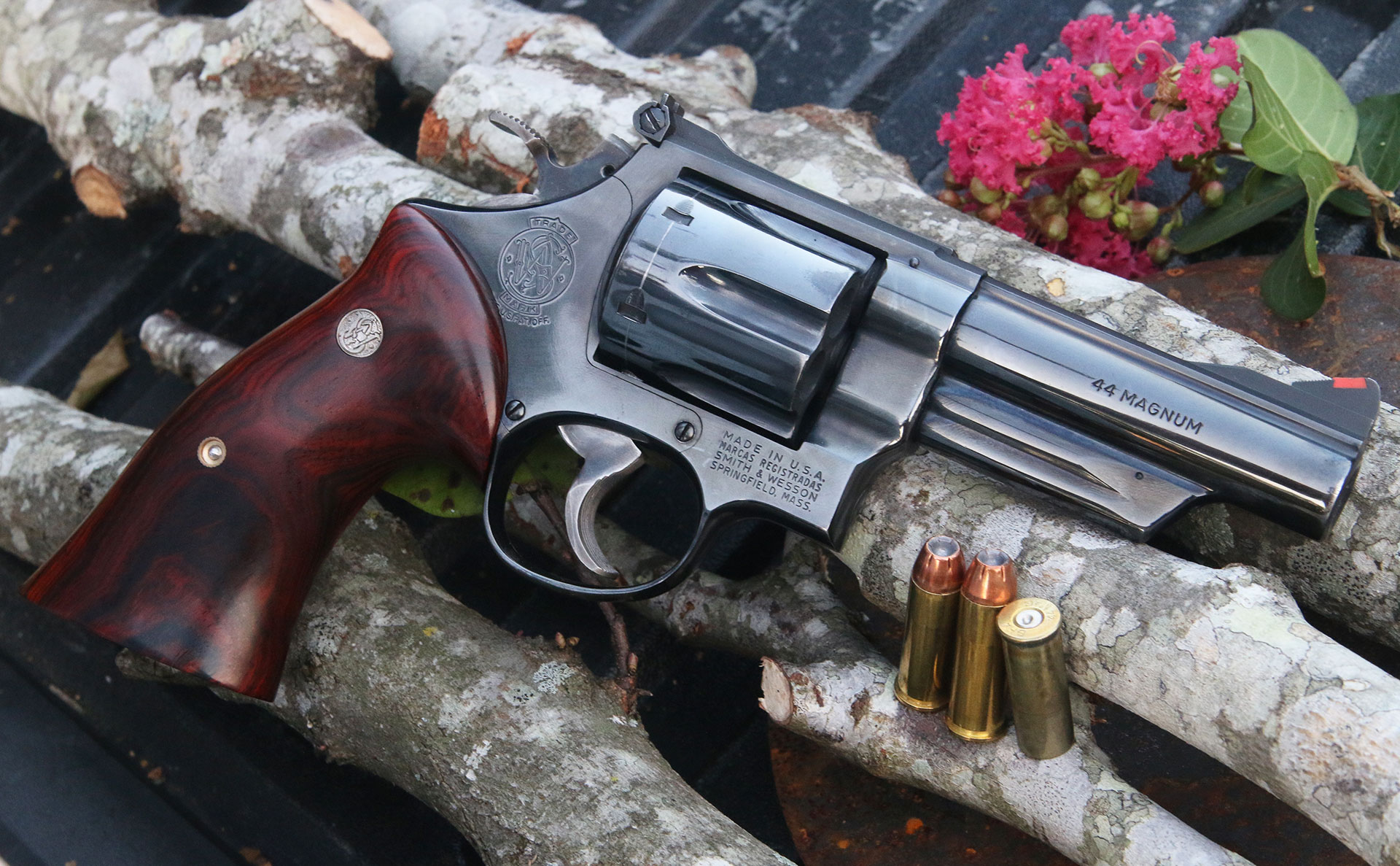
However, as handsome as these now were, I was most interested in how they would shoot. The Model 29-2 had gone through four sets of previous grips, none quite ticking all the right boxes (an undoubtedly familiar quest to any hobby wheelgunners out there). The Culinas brought the magnum up to eye line with the sights ‘right there,’ and felt like they were working to help me as I thumbed the hammer back and settled in to attempt difficult shots.
I shot the Model 29-2 with a particularly hot lot of Federal's American Eagle 240-grain jacketed soft-points, as well as Hornady’s new copper 200 grainers from the Handgun Hunter line. It felt like the smooth cocobolo rolled in recoil in a positive way, as or more comfortable than the disparate earlier grips I had tried. A 4" .44 Mag. is a handful, no matter the grips, but the Culinas grips did a god job of shedding the energy coming into the shooter’s hand. Looking at the photos of the gorgeous wood, the high luster and shine might suggest that the grips would be almost slippery with recoil, but that is not the case. Culina finishes the grips with a coat of wax that both protects them from light scuffing and gives a nice tack and purchase to the grasp.
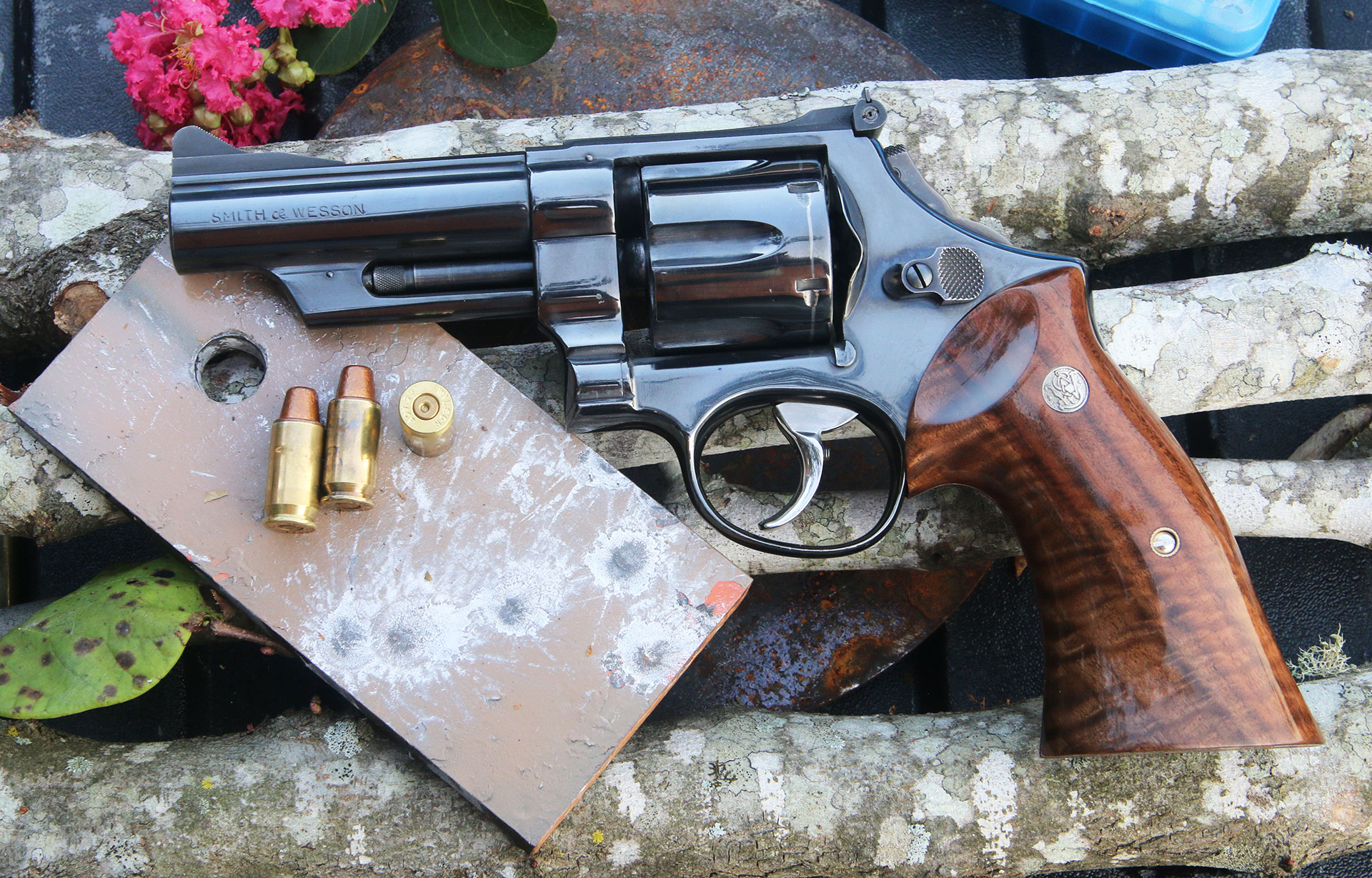
On the custom 1955 Target, the fiddleback set made an equally positive difference. They had replaced a beautiful set of vintage Hogues, which were just a bit small for my taste. My hit percentages with double-action shots onto difficult steel targets went up right away, and at the more moderate .45 ACP recoil I was able to recover and follow up quite well.
There are actually very few active small shop grip makers left in this country, and those that remain tend to have years long waitlists or prices a bracket or two above Culina. As it is, a set of Culina’s will run about what you might expect for skilled handwork shaping and finishing exhibition grade woods. Many wheelgunners will spend nearly the equal of that on a quest to do more with less, and end up with a box full of cast-off grips, which don't fit quite right. The industry is lucky to have small shop artisans who are able to craft such beautiful and functional work.













